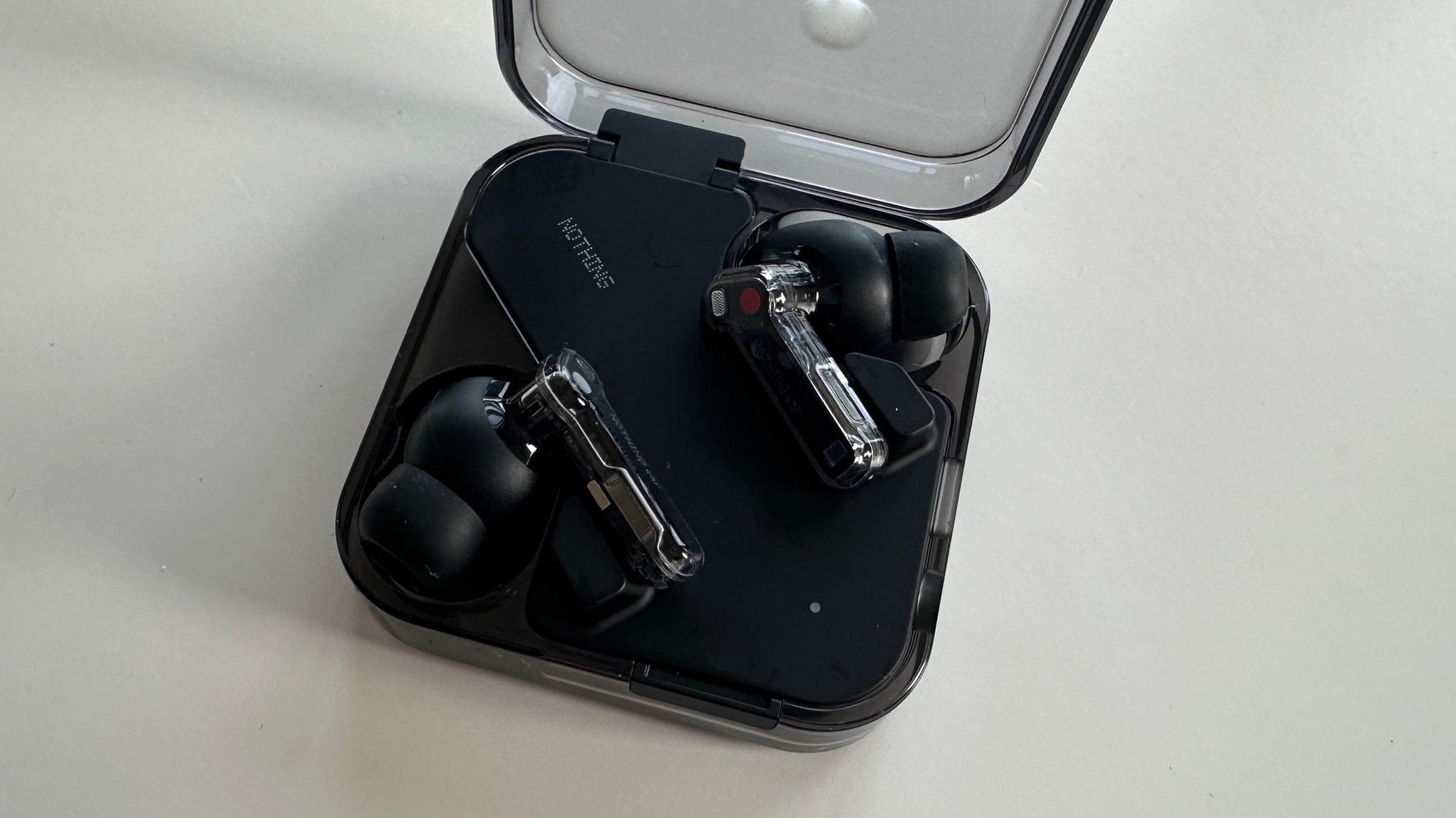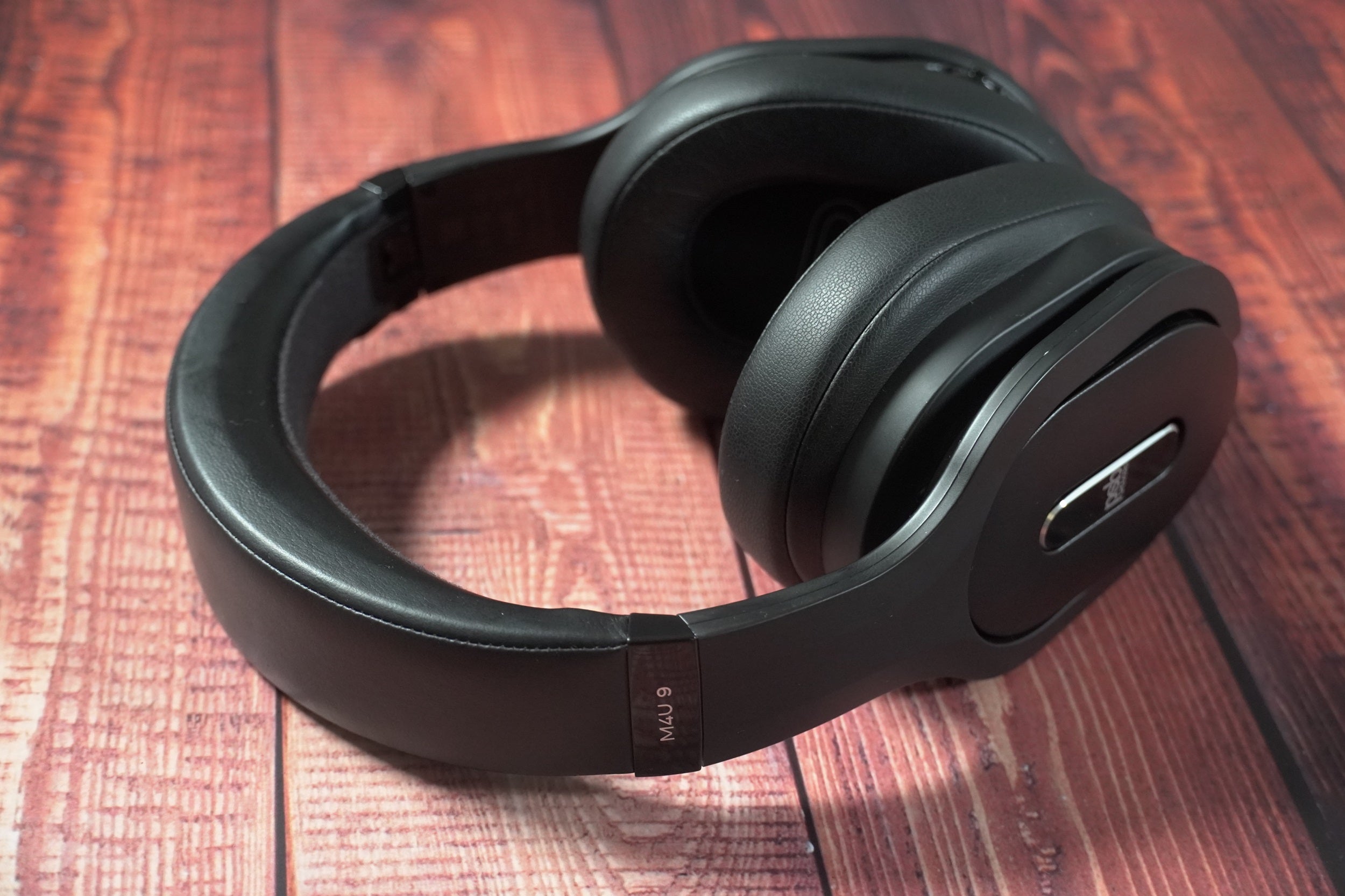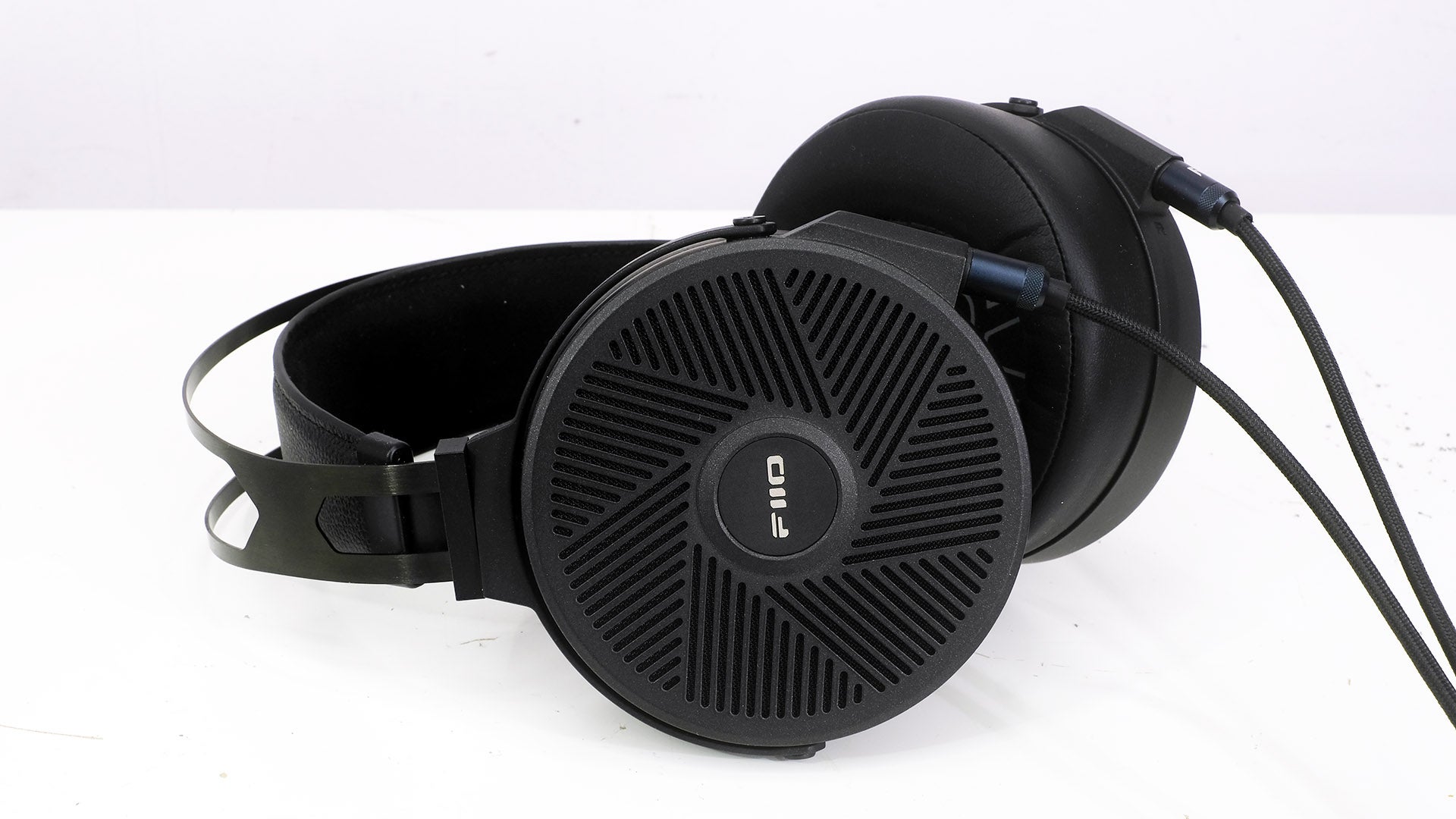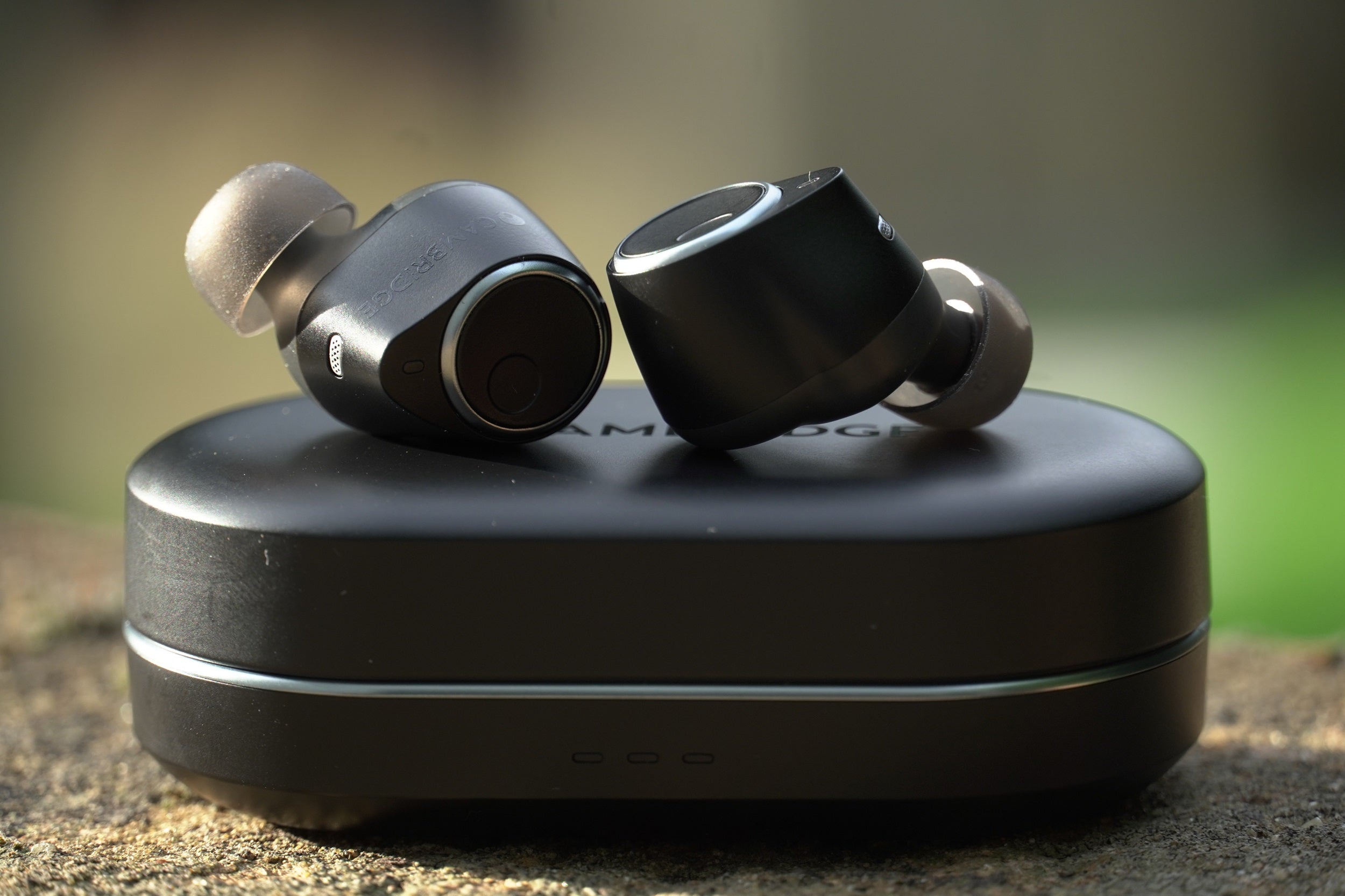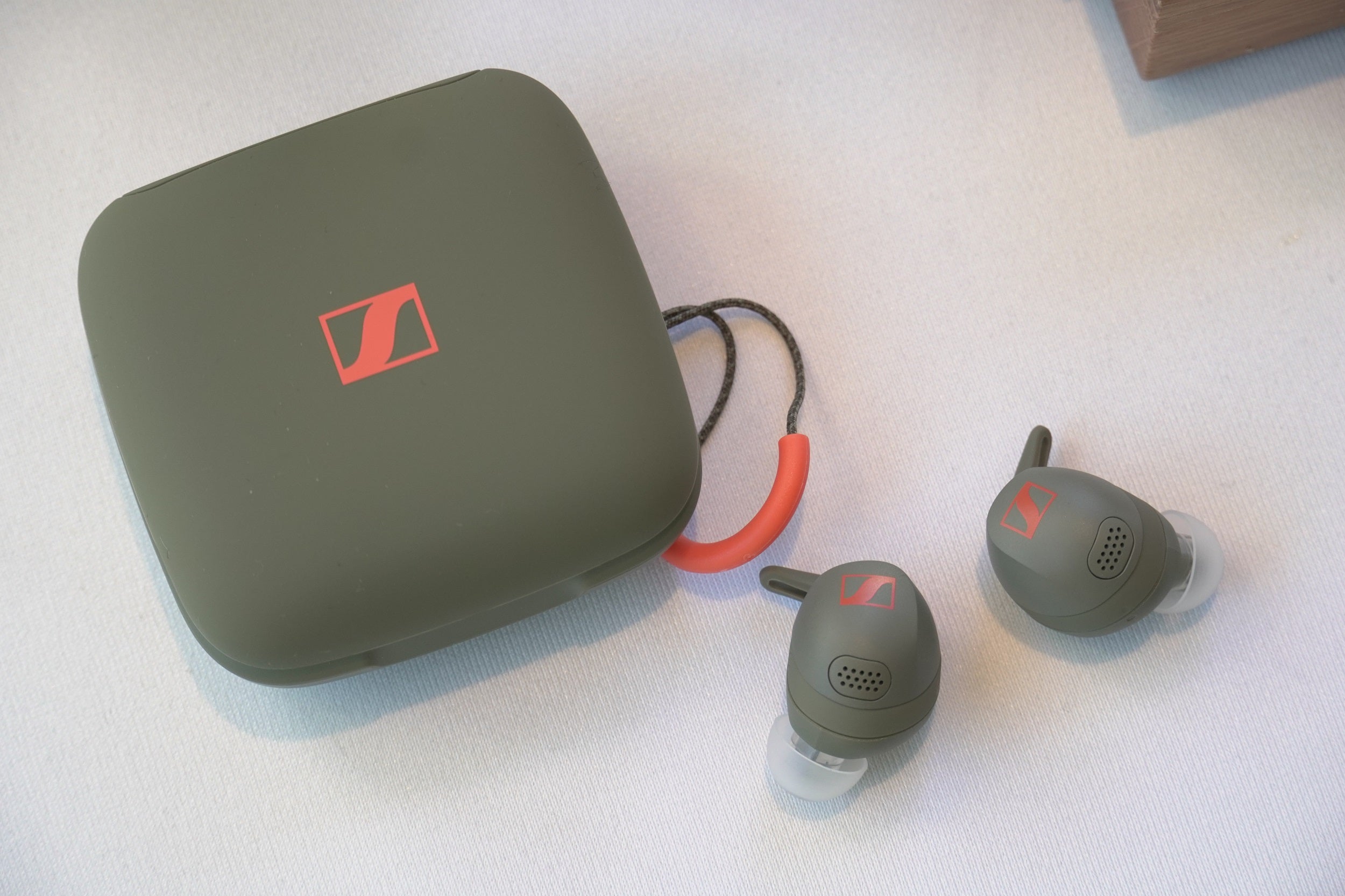Philips TAA6606 Review
Comfortable bone conduction headphones that deliver a bigger sound for workouts than rivals


Verdict
The Philips TAA6606 are comfortable bone conduction headphones that can deliver noticeably bigger sound for workouts than rival headphones. You just have to sacrifice some battery life and deal with an at times flaky app to get it.
Pros
- Added power in bass mode
- Comfortable and secure fit
- Useful running lights
Cons
- Needs app to switch sound modes
- Battery life drop with bass mode in use
- Some vibrations at louder listening volumes
Key Features
- IP ratingProtected against water and dust
- LED lightsTurn on LED lights for running at night
- Microphone set-upTwo mics for taking calls
Availability
- UKRRP: £99.99
- USATBC
- EuropeTBC
- CanadaTBC
- AustraliaTBC
Introduction
The Philips TAA6606 are a set of bone conduction headphones aimed at the exercise crowd that want that hit of motivational audio but also want to keep their wits about them near busy roads and enjoy your music or or handle calls in a safer way.
To help stand out from the heavily populated bone conduction crowd Philips is offering a pick of sound modes, a set of LED lights to keep you seen and promises plenty of battery life along with a handy quick-charge mode.
They’re priced up against bone conduction headphones like the Shokz OpenRun and Haylou PurFree BC01, two headphones I’ve had really good experience with. The question is whether the Phillips TAA6606 can match the competition or even be a better option to buy.
The Philips TAA6606 is available to buy from Amazon for £99.99, making it a cheaper alternative to the Shokz OpenRun (£129.95).
Design
- Available in black only
- Onboard physical controls
- IP67 dust and water protection
Philips opts to go with a form factor that’s pretty much become the standard for most fitness-focused bone conduction headphones. It’s an open-ear design that wraps its frame around the back of the head, placing the front of the arms just in front of your ears.
It comes in just the one black look and while it’s not quite as slim and slender as a pair of Shokz headphones (picture included), the 35g frame doesn’t weigh heavy when they’re on. The slender frame is broken up by the thicker sections where the physical controls and the LED lights are positioned, but other than that it’s a streamlined look.

Philips has slapped them with an IP67 water and dust rating, which doesn’t mean you should jump in the pool with them, but they’re absolutely fit to handle moisture like sweat and a rainswept run outside. Charging the headphones is done via a USB-C port, so it’s not a proprietary charging cable setup and that port is well covered up by a lid that sits securely and doesn’t feel loose or have a tendency to flap around.

Controls-wise, there are two physical volume buttons on the right side of the headphones and a button below to turn them on and pair them to your chosen Bluetooth device. There’s also a bigger multifunction button up front on the left side of the headphones to deal with calls and to summon your smartphone’s voice assistant. There’s enough room for two microphones, which does mean these are headphones you can use to take calls as well.
Features
- Up to nine hours of battery
Philips talks a big battery game, putting it up there with other similarly priced bone conduction sports headphones. It states up to nine hours from a single charge and there’s a quick-charge mode that gives you an hour of listening time from a 15-minute charge.
Those numbers, based on my testing, relate to using the headphones minus the bass mode and when the LED lights are in use. I saw a noticeable drop-off when using those lights and bringing the bass mode into play.

Thirty minutes of running with the bass mode enabled saw the battery drop by 10%. That puts the battery of a single charge lower than the quoted 9 hours. You can get big battery life and something that can last a good week of use, just without the big sound to go with it.
Sound Quality
- Uses bone conduction technology
- Offers Bass and Voice sound modes
- Built-in LED lights
Like other bone conduction headphones, Philips aims to strike a good balance between hearing your own audio and being in tune with the world around you. It does that using transducers, transmitting sound up towards your ears without blocking them.
Unlike most bone conduction headphones, however, Philips gives you the option to pick from two sound modes and to customise sound (more on that later). There’s a Voice mode, which unsurprisingly is designed to give you a performance that’s better suited to listening to voices and is a profile most similar to the majority of bone conduction headphones.
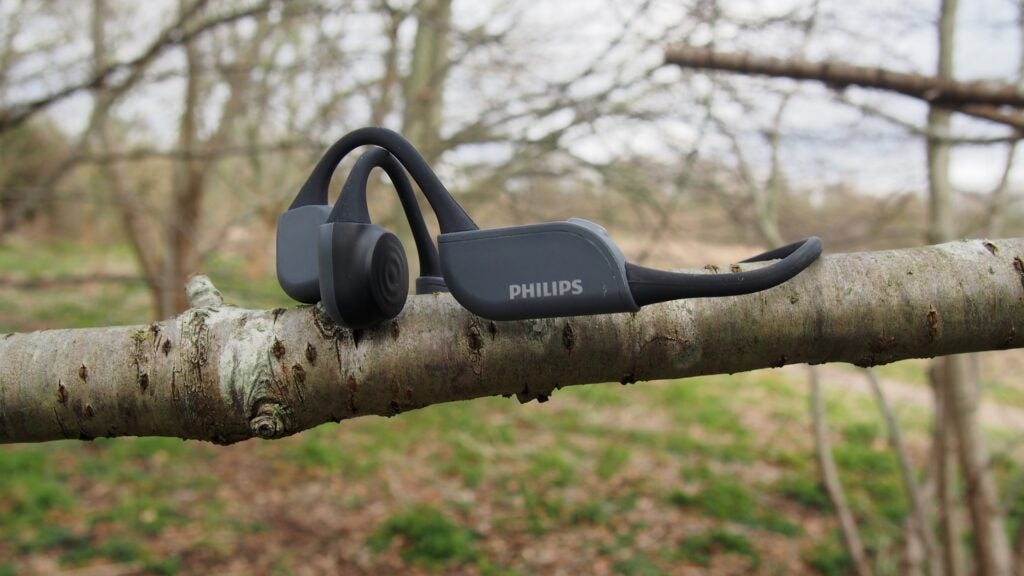
There’s a bigger emphasis on delivering clarity and while audio is clear in general, it’s not the most exciting, but largely in line with what you get from similarly priced bone conduction headphones. It’s a touch harsh in the treble and perhaps not as balanced as what you get from the Shokz or Haylou headphones, but it’s okay on the whole.
That brings in Bass mode, which as the name suggests, brings the bass. There’s a notable increase in power and there’s a touch more warmth and overall punchiness to the sound.
Upping the bass, particularly at louder listening volumes, does introduce a touch of muddiness into the proceedings and at times there’s a more noticeable feeling of the bone conduction vibrations the louder you go. It’s not enough to make the experience a bad one, thankfully, and if you wanted bone conduction headphones with a beefier sound while still giving you that strong sense of awareness, then you get that here.
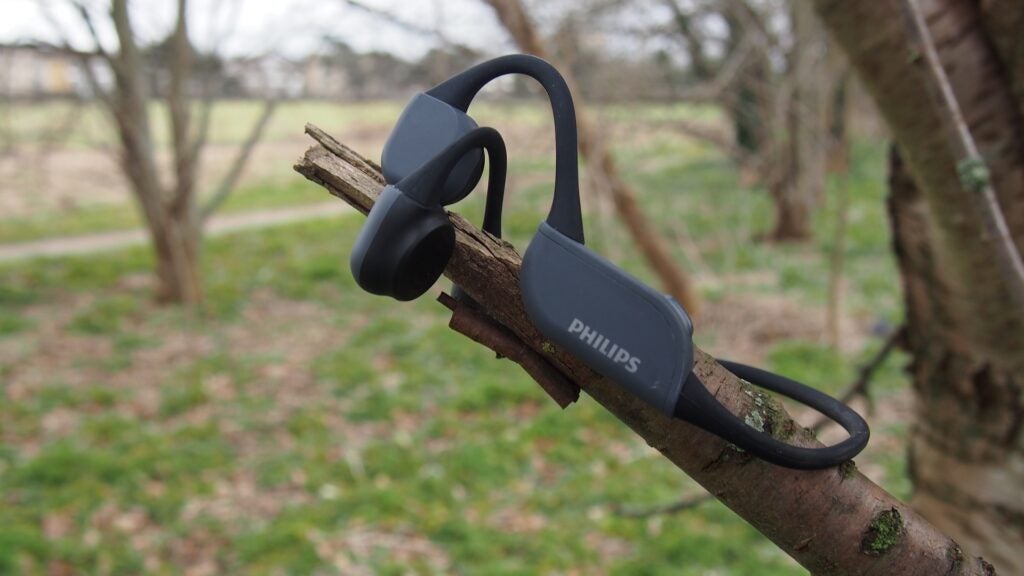
Philips says beyond those two preset modes you can adjust sound levels. I’ve played around with the app a fair bit now and have yet to find a way to do that. Meanwhile, while the promise of software updates has been delivered on, I’ve tried multiple attempts to update the headphones through the iPhone version of the app and it just hasn’t happened.
One issue here is that to switch between these two modes you need to have the companion Philips phone app. It’s a pretty basic app that lets you also enable the running lights feature, but unlike that feature, you can’t switch between those listening modes on the headphones themselves and that feels like an oversight from Philips.
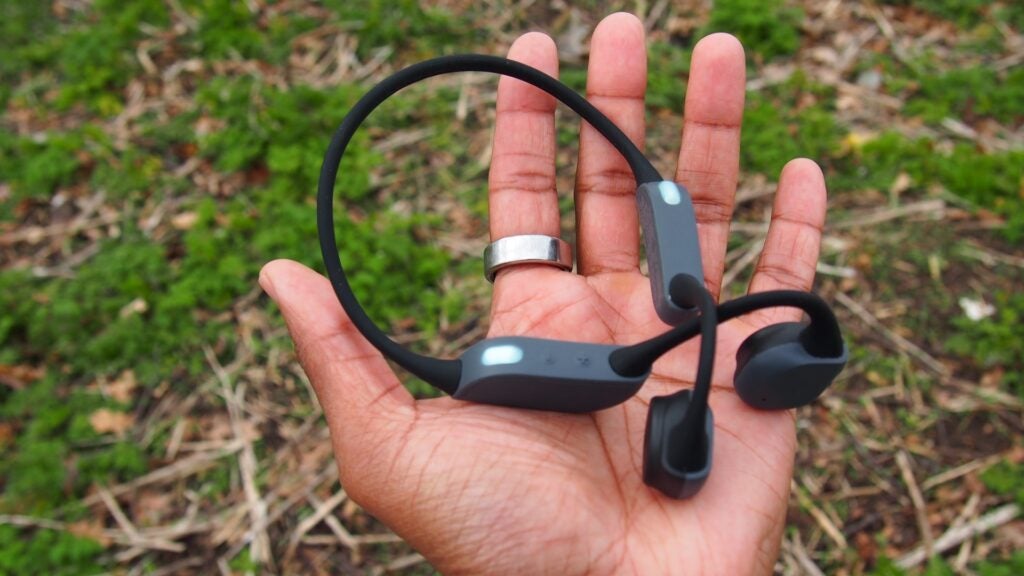
What you can control away from the app is the volume, skipping audio files and handling calls. The physical volume buttons sit quite close to each other and could perhaps benefit from there being a touch more space between them, particularly when using them for activities like running or brisk walks.
You can also control the LED running lights, which sit on the top of the arms. Using the on/off button (or from the app), you can set those lights to flash at two different speeds or stay constant. It’s a thoughtful inclusion, especially if you like running at night or early in the morning and like the idea of something that adds to your visibility.
Latest deals
Should you buy it?
You want bone conduction headphones with uncharacteristically big sound: Philips has shown that buying sporty bone conduction headphones doesn’t have to always equal bass-lacking sound.
You want the best battery on a pair of bone conduction headphones: If you opt for that meatier sound, you will see a drop in the battery performance as opposed to when you stick to the more muted Voice mode.
Final Thoughts
One of the biggest sacrifices you make with bone conduction headphones is that you wave bye bye to the power and bass you get from traditional headphones. Philips proves you don’t have to sacrifice that punchier sound with the TAA6606. It’s just a shame that doing that means they take a bit of a hit in the battery department, and you have to use a companion app to switch between the two available listening modes.
How we test
We test every set of headphones we review thoroughly over an extended period of time. We use industry standard tests to compare features properly. We’ll always tell you what we find. We never, ever, accept money to review a product.
Find out more about how we test in our ethics policy.
Tested with real world use
Compared to other headphones
FAQs
No, there is no internal memory on these headphones. If you are looking for a pair with a built-in memory player, the Naenka Runner Pro support the feature
Full specs
Sustainability
Trusted Reviews’ holds the fact that global warming is not a myth as a core value and will continuously endeavour to help protect our planet from harm in its business practices.
As part of this mission, whenever we review a product we send the company a series of questions to help us gauge and make transparent the impact the device has on the environment.
We currently haven’t received answers to the questions on this product, but will update this page the moment we do. You can see a detailed breakdown of the questions we ask and why in our sustainability info page.

